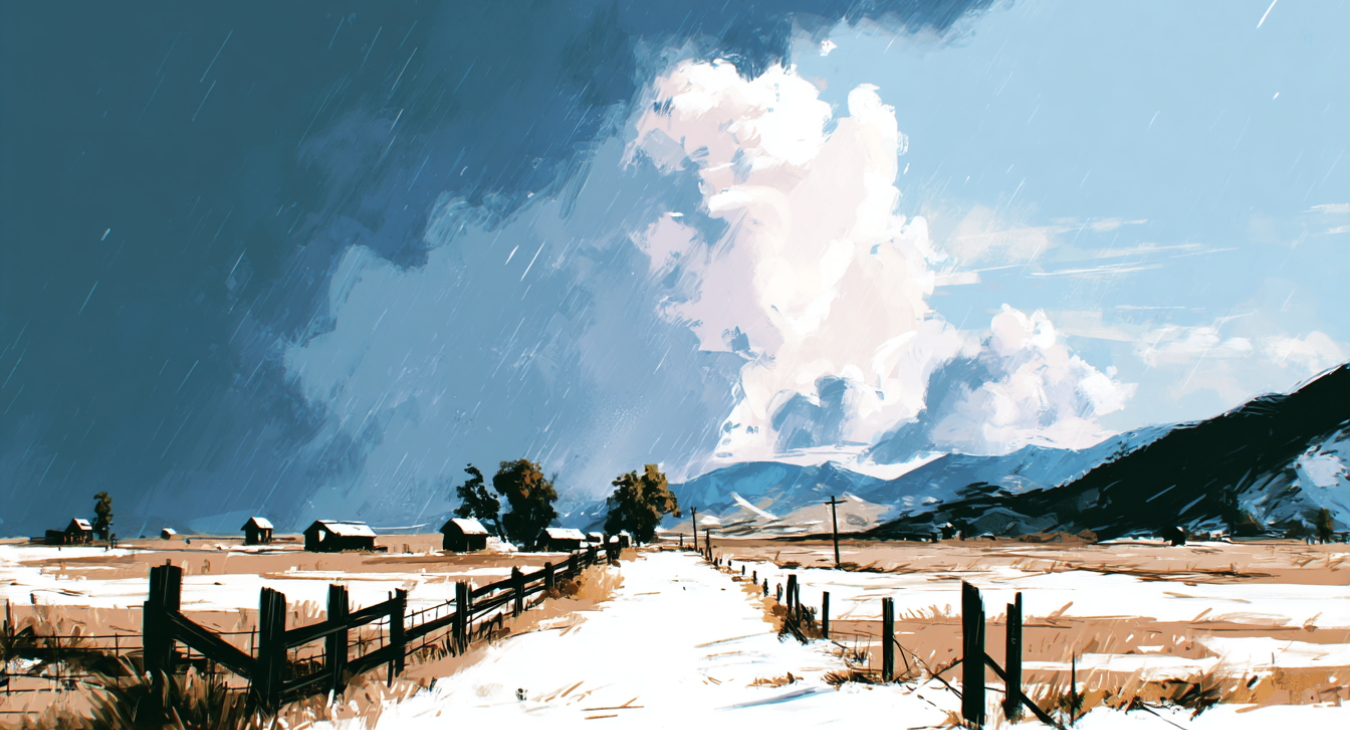One of Sheridan's most distinctive strengths is his ability to transform the setting into an active force within his narratives. The Montana landscapes in "Yellowstone" aren't merely backdrops; they're contested territory with historical significance that drives the plot forward. The harsh winter, the sprawling ranch, the encroaching development—all become characters in their own right.
Dynamic Settings Reveal Character
As fiction writers, we can adopt this approach by:
- Developing settings with their own histories, conflicts, and pressures
- Creating environments that actively challenge our characters rather than merely housing them
- Using sensory details that make the world feel lived-in and authentic
- Ensuring that our settings contain inherent tensions that mirror and amplify character conflicts
When your setting works this hard, your world-building becomes exponentially more powerful. Readers don't just observe your characters navigating a place; they feel the weight of history, economics, and natural forces bearing down on every decision.
And here’s the real trick: a dynamic setting not only shapes the plot but also exposes who your characters are deep down. We hone in on this in the different 'key principles' in the first Taylor Sheridan Technique, plus we will come back to it several times during more of the other Taylor Sheridan Techniques.
The Land Fights Back
When the land fights back—whether that’s an actual blizzard or the slow erosion of a community—you see who adapts, who resists, and who tries (foolishly) to negotiate with Mother Nature.
Spoiler alert: she doesn’t take meetings.
Sheridan excels at this because he lets the land pressurize his characters the way a great antagonist would.
In Yellowstone, the ranch isn't just property; it's a crucible. In Hell or High Water, the scorched, economically hollowed-out towns aren't just sad scenery—they're why the brothers pick up guns in the first place.
For fiction writers, this means thinking of your setting not as a flat map, but as a living, breathing opponent or ally.
Setting As Advantage
What’s the worst—and best—your setting can throw at your characters? Use it. Readers will thank you. Your characters won’t, but that’s half the fun. They don't want you giving them headaches, wounds, challenges o,r to face life-and-death situations. But then, if we don't throw this at them, why would readers turn our pages?
As novelists, we have even more freedom than television writers to explore internal landscapes, shift perspectives, and build richly detailed worlds. But beware of delving too far into character internals ~ more on monologues coming soon.
Your setting isn’t a backdrop—it’s a battlefield, a burden, and sometimes the biggest antagonist in the story.
Adapt Sheridan's Technique ~ Build Richly Detailed Worlds
By adapting Sheridan's techniques to prose fiction, we can create stories that feel timeless in their themes and utterly contemporary in their execution—stories that readers can't put down and can't stop thinking about.
The true "Sheridan Effect" isn't just about creating entertaining narratives; it's about crafting stories that feel necessary and true. Stories that linger in the imagination long after the final page is turned. And that's something every writer should aspire to achieve.
Try It Yourself: Let the Land Push Back
1. Choose a key scene.
2. Ask yourself: If the setting had an agenda, what would it try to stop or force the characters to do? How can my character reveal more of their personality if this happens?
3. Now, revise the scene so the environment complicates the character’s goal. Example: bad weather, an old grudge tied to the location, or a physical threat from the landscape itself.




